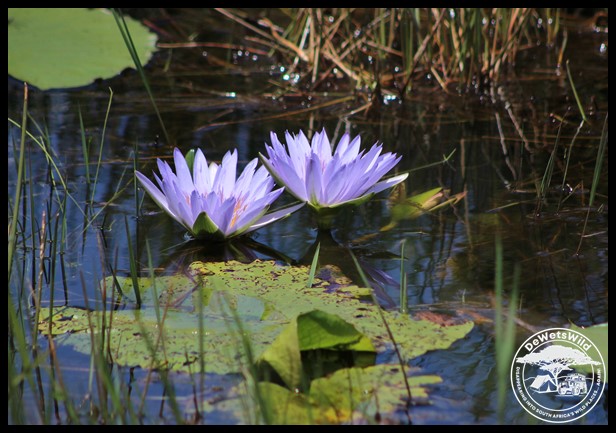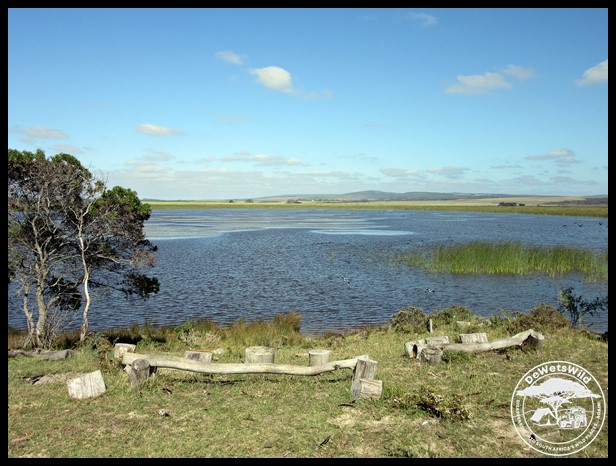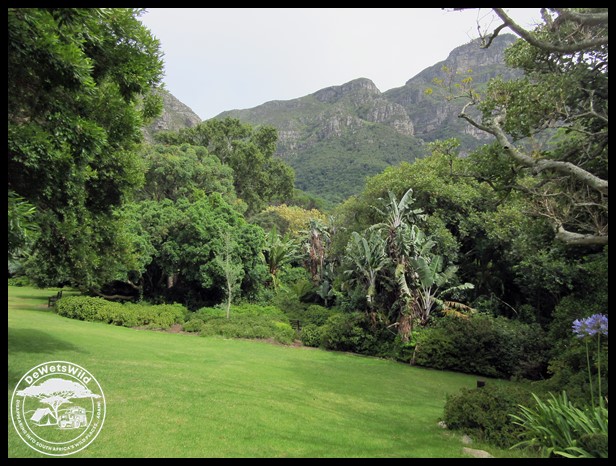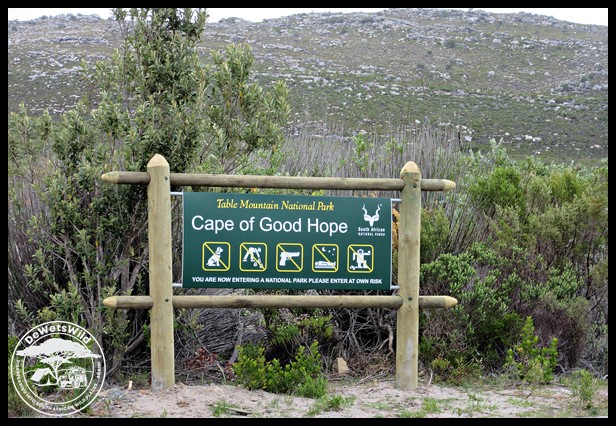Since late February I’ve been guiding hiking groups and game drives in our local Rietvlei Nature Reserve on a freelance basis. Regular readers of our blog will know that we are rather fond of Rietvlei, so it is especially rewarding to be showcasing this special reserve in this way. I thought I might start doing a monthly round-up of what Rietvlei revealed while I explored it with my guests (assisted by Joubert who accompanied me on several of the trips).
All counted I managed to see and identify 111 species of birds at Rietvlei in the month of March, including a couple of summer visitors that will soon depart for warmer climes. You can find the complete list at the end of this post.
A recently independent Black-chested Snake Eagle has put on some amazing displays.
The males of various kinds of widow-birds were still displaying in their feathery finery early in the month, desperately trying to mate with as many females as possible before the end of the summer breeding season. By the end of the month they were rapidly transitioning into their drabber winter garb.
The biggest birding highlight of the month for me was my first ever sighting of an Orange River Francolin, taking my tally to 611 species of bird seen in South Africa.
At the end of the summer season Rietvlei’s mammals are in excellent condition and during the month of March I recorded 16 species. The tall grass made it difficult to spot the smaller species though and the list might grow as we progress through autumn and winter.
If you’d like to join me on a guided tour of Rietvlei – on a hike or on an open vehicle drive – you can book through melanie@rietvleicoffee.co.za / +27(0)74-820-9926.
List of birds seen at Rietvlei Nature Reserve during March 2024:
| Scientific | Afrikaans | English |
| Acridotheres tristis | Indiese Spreeu | Common Myna |
| Acrocephalus gracilirostris | Kaapse Rietsanger | Lesser Swamp Warbler |
| Afrotis afraoides | Witvlerkkorhaan | Northern Black Korhaan |
| Aix sponsa | Carolina Eend | Wood Duck |
| Alopochen aegyptiaca | Kolgans | Egyptian Goose |
| Amandava subflava | Rooiassie | Orange-breasted Waxbill |
| Amblyospiza albifrons | Dikbekwewer | Thick-billed Weaver |
| Anas erythrorhyncha | Rooibekeend | Red-billed Teal |
| Anas sparsa | Swarteend | African Black Duck |
| Anas undulata | Geelbekeend | Yellow-billed Duck |
| Anomalospiza imberbis | Koekoekvink | Cuckoo-Finch |
| Anthus cinnamomeus | Gewone Koester | African Pipit |
| Apus apus | Europese Windswael | Common Swift |
| Ardea melanocephala | Swartkopreier | Black-headed Heron |
| Asio capensis | Vlei-uil | Marsh Owl |
| Batis molitor | Witliesbosbontrokkie | Chinspot Batis |
| Bostrychia hagedash | Hadeda | Hadeda Ibis |
| Bubulcus ibis | Veereier | Western Cattle Egret |
| Burhinus capensis | Gewone Dikkop | Spotted Thick-knee |
| Butorides striata | Groenrugreier | Green-backed Heron |
| Calendulauda sabota | Sabota Lewerik | Sabota Lark |
| Caprimulgus pectoralis | Afrikaanse Naguil | Fiery-necked Nightjar |
| Cecropis cucullata | Grootstreepswael | Greater Striped Swallow |
| Centropus burchellii | Gewone Vlieloerie | Burchell’s Coucal |
| Certhilauda semitorquata | Grasveldlangbeklewerik | Eastern Long-billed Lark |
| Ceryle rudis | Bontvisvanger | Pied Kingfisher |
| Chalcomitra amethystina | Swartsuikerbekkie | Amethyst Sunbird |
| Chrysococcyx caprius | Diederikkie | Diederik Cuckoo |
| Cinnyris talatala | Witpenssuikerbekkie | White-belled Sunbird |
| Circaetus pectoralis | Swartborsslangarend | Black-chested Snake Eagle |
| Cisticola juncidis | Landeryklopkloppie | Zitting Cisticola |
| Cisticola tinniens | Vleitinktinkie | Levaillant’s Cisticola |
| Colius striatus | Gevlekte Muisvoel | Speckled Mousebird |
| Corvus albus | Witborskraai | Pied Cow |
| Corythornis cristatus | Kuifkopvisvanger | Malachite Kingfisher |
| Coturnix coturnix | Afrikaanse Kwartel | Common Quail |
| Crinifer concolor | Kwevoel | Grey Go-Away Bird |
| Crithagra gularis | Streepkopkanarie | Streaky-headed Seedeater |
| Cypsiurus parvus | Palmwindswael | African Palm Swift |
| Dessonornis caffer | Gewone Janfrederik | Cape Robin-Chat |
| Dicrurus adsimilis | Mikstertbyvanger | Fork-tailed Drongo |
| Elanus caeruleus | Blouvalk | Black-winged Kite |
| Estrilda astrild | Rooibeksysie | Common Waxbill |
| Euplectes afer | Goudgeelvink | Yellow-crowned Bishop |
| Euplectes albonotatus | Witvlerkflap | White-winged Widowbird |
| Euplectes ardens | Rooikeelflap | Red-collared Widowbird |
| Euplectes orix | Rooivink | Southern Red Bishop |
| Euplectes progne | Langstertflap | Longtailed Widowbird |
| Falco biarmicus | Edelvalk | Lanner Falcon |
| Falco peregrinus | Swerfvalk | Peregrine Falcon |
| Fulica cristata | Bleshoender | Red-knobbed Coot |
| Gallinago nigripennis | Afrikaanse Snip | African Snipe |
| Gallinula chloropus | Grootwaterhoender | Common Moorhen |
| Glaucidium perlatum | Witkoluiltjie | Pearl-spotted Owlet |
| Hirundo albigularis | Witkeelswael | White-throated Swallow |
| Hirundo rustica | Huisswael | Barn Swallow |
| Icthyophaga vocifer | Visarend | Fish Eagle |
| Jynx ruficollis | Draaihals | Red-throated Wryneck |
| Lamprotornis bicolor | Witgatspreeu | Pied Starling |
| Lamprotornis nitens | Klein Glansspreeu | Cape Glossy Starling |
| Laniarius atrococcineus | Rooiborslaksman | Crimson-breasted Shrike |
| Laniarius ferrugineus | Suidelike Waterfiskaal | Southern Boubou |
| Lanius collaris | Fiskaallaksman | Common Fiscal |
| Lanius minor | Gryslaksman | Lesser Grey Shrike |
| Lophaetus occipitalis | Langkuifarend | Long-crested Eagle |
| Lybius torquatus | Rooikophoutkapper | Black-collared Barbet |
| Macronyx capensis | Oranjekeel Kalkoentjie | Cape Longclaw |
| Megaceryle maxima | Reuse Visvanger | Giant Kingfisher |
| Merops apiaster | Europese Byvreter | European Bee-eater |
| Microcarbo africanus | Rietduiker | Reed Cormorant |
| Mirafra africana | Rooineklewerik | Rufous-naped Lark |
| Motacilla capensis | Gewone Kwikkie | Cape Wagtail |
| Muscicapa striata | Europese Vlieevanger | Spotted Flycatcher |
| Netta erythrophthalma | Bruineend | Southern Pochard |
| Numida meleagris | Gewone Tarentaal | Helmeted Guineafowl |
| Nycticorax nycticorax | Gewone Nagreier | Black-crowned Night Heron |
| Passer diffusus | Gryskopmossie | Southern Grey-headed Sparrow |
| Passer melanurus | Gewone Mossie | Cape Sparrow |
| Phalacrocorax lucidus | Witborsduiker | White-breasted Cormorant |
| Phoeniculus purpureus | Rooibekkakelaar | Green Wood-hoopoe |
| Phylloscopus trochilus | Hofsanger | Willow Warbler |
| Plectropterus gambensis | Wildemakou | Spur-winged Goose |
| Ploceus velatus | Swartkeelgeelvink | Southern Masked Weaver |
| Prinia flavicans | Swartbandlangstertjie | Black-chested Prinia |
| Prinia subflava | Bruinsylangstertjie | Tawny-flanked Prinia |
| Psittacula krameri | Ringnekparakiet | Rose-ringed Parakeet |
| Pternistis swainsonii | Bosveldfisant | Swainson’s Spurfowl |
| Pycnonotus tricolor | Swartoogtiptol | Dark-capped Bulbul |
| Saxicola torquatus | Gewone Bontrokkie | African Stonechat |
| Scleroptila gutturalis | Kalaharipatrys | Orange River Francolin |
| Scopus umbretta | Hamerkop | Hamerkop |
| Sigelus silens | Fiskaalvlieevanger | Fiscal Flycatcher |
| Sphenoeacus afer | Grasvoel | Cape Grassbird |
| Spilopelia senegalensis | Rooiborsduifie | Laughing Dove |
| Streptopelia capicola | Gewone Tortelduif | Cape Turtle Dove |
| Streptopelia semitorquata | Grootringduif | Red-eyed Dove |
| Struthio camelus | Volstruis | Common Ostrich |
| Tachybaptus ruficollis | Kleindobbertjie | Little Grebe |
| Tadorna cana | Kopereend | South African Shelduck |
| Telophorus zeylonus | Bokmakierie | Bokmakierie |
| Terpsiphone viridis | Paradysvlieevanger | African Paradise Flycatcher |
| Threskiornis aethiopicus | Skoorsteenveer | African Sacred Ibis |
| Trachyphonus vaillantii | Kuifkophoutkapper | Crested Barbet |
| Turdoides jardineii | Pylvlekkatlagter | Arrow-marked Babbler |
| Turdus smithi | Geelbeklyster | Karoo Thrush |
| Upupa africana | Hoephoep | African Hoopoe |
| Vanellus armatus | Bontkiewiet | Blacksmith Lapwing |
| Vanellus coronatus | Kroonkiewiet | Crowned Lapwing |
| Vanellus senegallus | Lelkiewiet | Wattled Lapwing |
| Vidua macroura | Koningrooibekkie | Pin-tailed Whydah |
| Zosterops virens | Kaapse Glasogie | Cape White-eye |
List of mammals seen at Rietvlei Nature Reserve during March 2024:
| Scientific | Afrikaans | English |
| Acinonyx jubatus | Jagluiperd | Cheetah |
| Alcelaphus buselaphus | Rooihartbees | Red Hartebeest |
| Antidorcas marsupialis | Springbok | Springbuck |
| Canis mesomelas | Rooijakkals | Black-backed Jackal |
| Ceratotherium simum | Witrenoster | White Rhinoceros |
| Chlorocebus pygerythrus | Blouaap | Vervet Monkey |
| Connochaetes gnou | Swartwildebees | Black Wildebeest |
| Cynictis penicillata | Witkwasmuishond | Yellow Mongoose |
| Damaliscus pygargus | Blesbok | Blesbuck |
| Equus quagga | Bontsebra | Plains Zebra |
| Herpestes sanguineus | Swartkwasmuishond | Slender Mongoose |
| Hippopotamus amphibius | Seekoei | Hippopotamus |
| Hydrictis maculicollis | Kleinotter | Spotted-necked Otter |
| Kobus ellipsyprymnus | Waterbok | Waterbuck |
| Syncerus caffer | Buffel | Cape Buffalo |
| Taurotragus oryx | Eland | Eland |





















































































































































































































































































































































































































































































































































































































































































































































